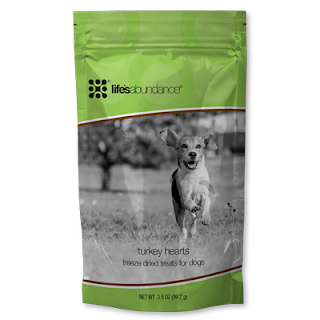Does your Dog Match any of these Characteristics?
No matter how old I get, I don’t think I’ll ever outgrow my inner child when it comes to excitement over the holiday season. The characters in this play of life may vary, yet one thing remains the same: as soon as Thanksgiving dinner is done, my holiday season begins.
My pets may not know what Christmas is, but they do know something is happening: the furniture moves around, someone’s always cooking and they get to spend their nights curled in front of a fire (well, as many as our warm SoCal evenings allow). Most of our December evenings are spent watching some sort of holiday movie or show. After so many years, I know all the beloved casts of characters by heart.
Part of the fun of revisiting these classics is imagining which roles my companion animals most closely resemble. Like people, our dogs and cats each have their own distinct likes, dislikes and personality quirks. Does your dog or cat remind you of any of the following pop-culture favorites?
The Grinch
Does your dog skulk around the house with a Grinch-like frown? Does your cat steal random ornaments and hide them away in the fireplace? Could be because the holidays can be stressful for many companion animals who are disturbed by the extra activity, changes in routine and houseguests. If your pet becomes Grinchy every December, make sure to provide them their own sanctuary. Just as the Grinch needed a cave on Mount Crumpit, sometimes they just need a temporary escape from all the noise, noise, noise, noise!
The Bumble
In Rudolph the Red-Nosed Reindeer, the angry, roaring Bumble is reduced to a big old softie after Hermie the dentist removes his teeth. Dental disease is a big problem for both dogs and cats. Often going untreated, the result is many cranky mini-Bumbles wandering around with sore mouths. Want to give your pet a truly meaningful holiday gift? Make sure their mouths are healthy and disease-free. I am astounded at the turnaround many make once their dental disease is addressed and the source of constant pain resolved.
Heat Miser
Who can forget the Miser Brothers angrily hurling snowflakes and lightning bolts at each other in The Year Without a Santa Claus? While cold winter air can be refreshing, seniors (especially those with arthritis) might find winter less than comfortable on ailing joints. If your dog or cat seems to slow down when the temperature drops, shows difficulty negotiating the stairs, or seeks out the warmest spots in the house, make like the Heat Miser and crank up the heat. Cozy orthopedic beds, keeping the house at a comfortable temperature when they’re home alone and providing joint support can help seniors stay comfy even when the weather is frightening. Of course, make sure any new symptoms are brought to your veterinarian’s attention.
Garfield
All Garfield wants for Christmas is plate after plate of lasagna. As a vet, I can tell you he’s not the only one with an ambitious appetite. The holidays are one of the busiest times of year for emergency clinics who witness firsthand the aftermath of counter-surfing Collies and trash-diving Torties. Pancreatitis, foreign bodies and the ever-present carpet-ruining “GI disturbances” are just some of the unfortunate consequences of four-footers gobbling holiday goodies. If your dog or cat has a reputation for sneaking a snack or seven, try not to leave them unguarded. Also, give them some healthy treats instead. Life’s Abundance offers a host of wonderful options that make for perfect stocking stuffers for dogs and for cats!
Peanuts
I’ve saved my favorite special for last. In A Charlie Brown Christmas, Charlie Brown frets about the consumerism of the holidays. He takes in a sad little tree and transforms it into something beautiful. As much fun as it is to get swept up in buying gifts for our furry companions, or how tempting it is to try and capture the perfect “Santa Paws” pic for Instagram, at the end of the day, the only things our critters want from us is our love and attention. Being with family and making time for each other truly makes the season special.
My dog Brody is a Linus for sure. No matter how many holiday cookies I stress eat over travel plans or finding “the right gift” for someone, Brody is there to offer a constant source of friendship and calm. I can count on him to put his head in my lap and remind me to take a breath, and be grateful for all the gifts I have this season.
I wish you and your family joy, love, and good health this December and in the New Year to come!
 |
| Dr. Jessica Vogelsang, DVM |











